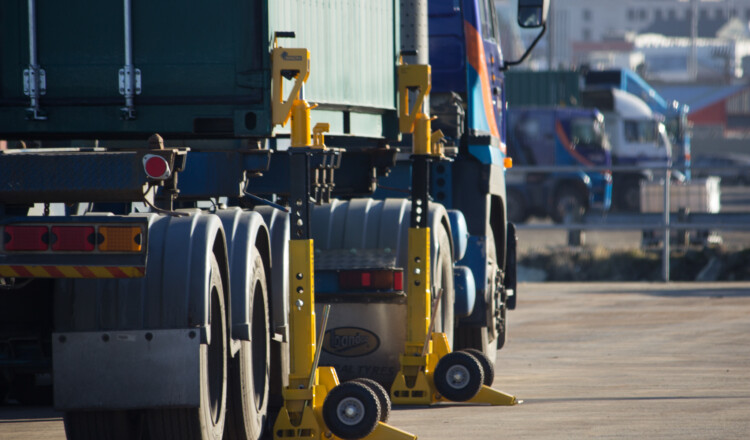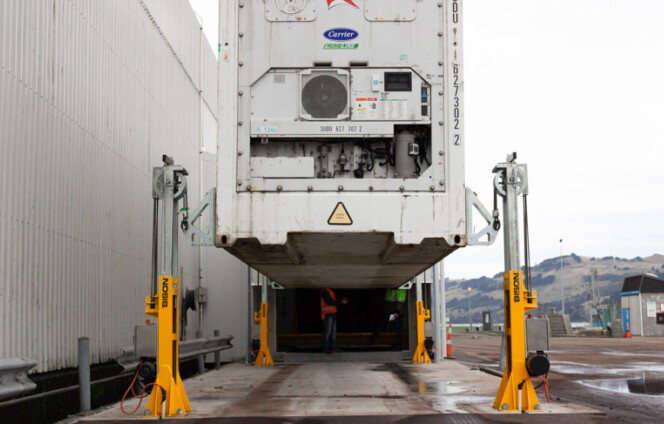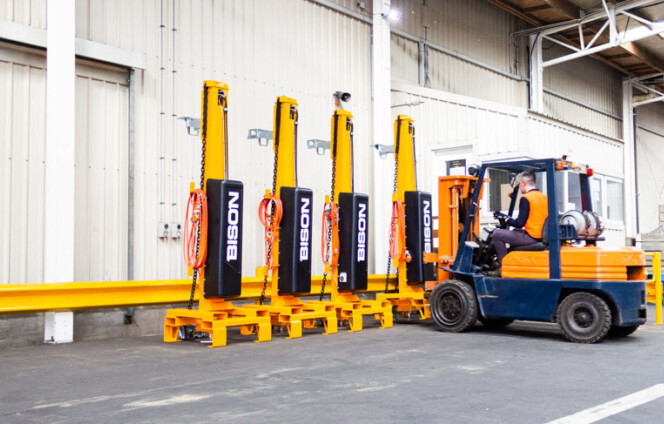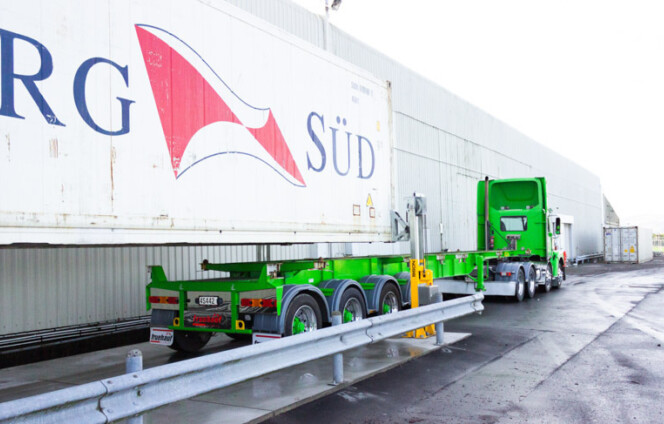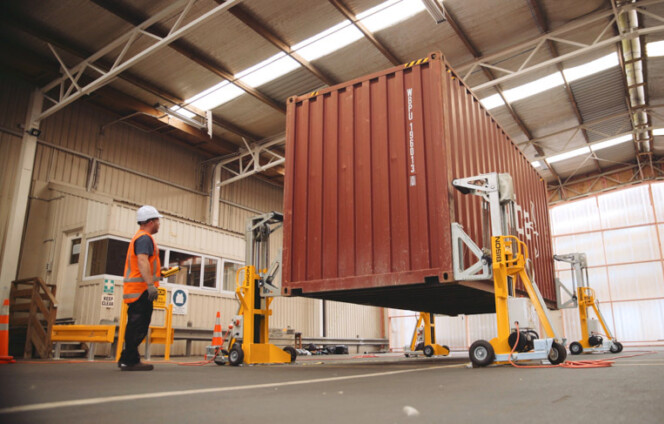Shipping Container Weight Depends On Several Factors
Typically an empty 20 foot shipping container weighs between 1.8-2.2 metric tonnes (about 3,970 - 4,850 lb) and an empty 40 foot shipping container weighs 3.8 - 4.2 tonne (8,340 - 9,260 lb) depending on what kind of container it is. For example, high cube containers tend to be heavier. More height means more metal, which means more weight!
The exact tare weight on an individual shipping container should be displayed on the container doors. However, container weights do vary and these rough working weights are for standard dry iso containers only. Some very old shipping containers can slightly exceed the stated weights above while newer containers are often slightly lighter. This is because more modern manufacturing techniques have enabled container manufacturers to construct shipping containers of the same strength but with less metal.
What Is Tare Weight?
Tare weight, sometimes called unladen weight, is the weight of an empty vehicle or container. It is common to determine the weight of goods the tare weight from the gross weight. However, this method can be inaccurate when calculating the weight of an entire truck as other variables, such as fuel, come into play.
How Do You Weigh Loaded Containers?
While the tare weight of standard ISO containers is generally known, it is much more challenging to weigh a full-loaded shipping container.
There are a number of common container weighing methods. For example:
- Weighing containers on the ground
- Weighing containers on a truck (on a chassis)
Both of the options above can be done with Bison C-Jacks.
- Lifting the container into the air with specialist heavy-lifting equipment
- Driving a truck with a loaded container over truck scales.
Why Is Container Weighing Required?
Having overloaded or unbalanced shipping containers is a risk for shippers and container ships. It is for this reason that the IMO (International Maritime Organisation) in 2016 required shippers to provide a Verified Gross Mass (VGM) before being loaded onto a ship for export.
The International Maritime Organisation (IMO) put this rule in place because misdeclared and overweight containers are extremely dangerous and cause a number of accidents every year. The overall aim of the rule is to increase safety and protect people, equipment and cargo, so it's very important for us all to abide by it.
While this is not a requirement in all countries, In many countries, it is required to provide an official weight before shipping.
Learn more about our container weighing solutions.
